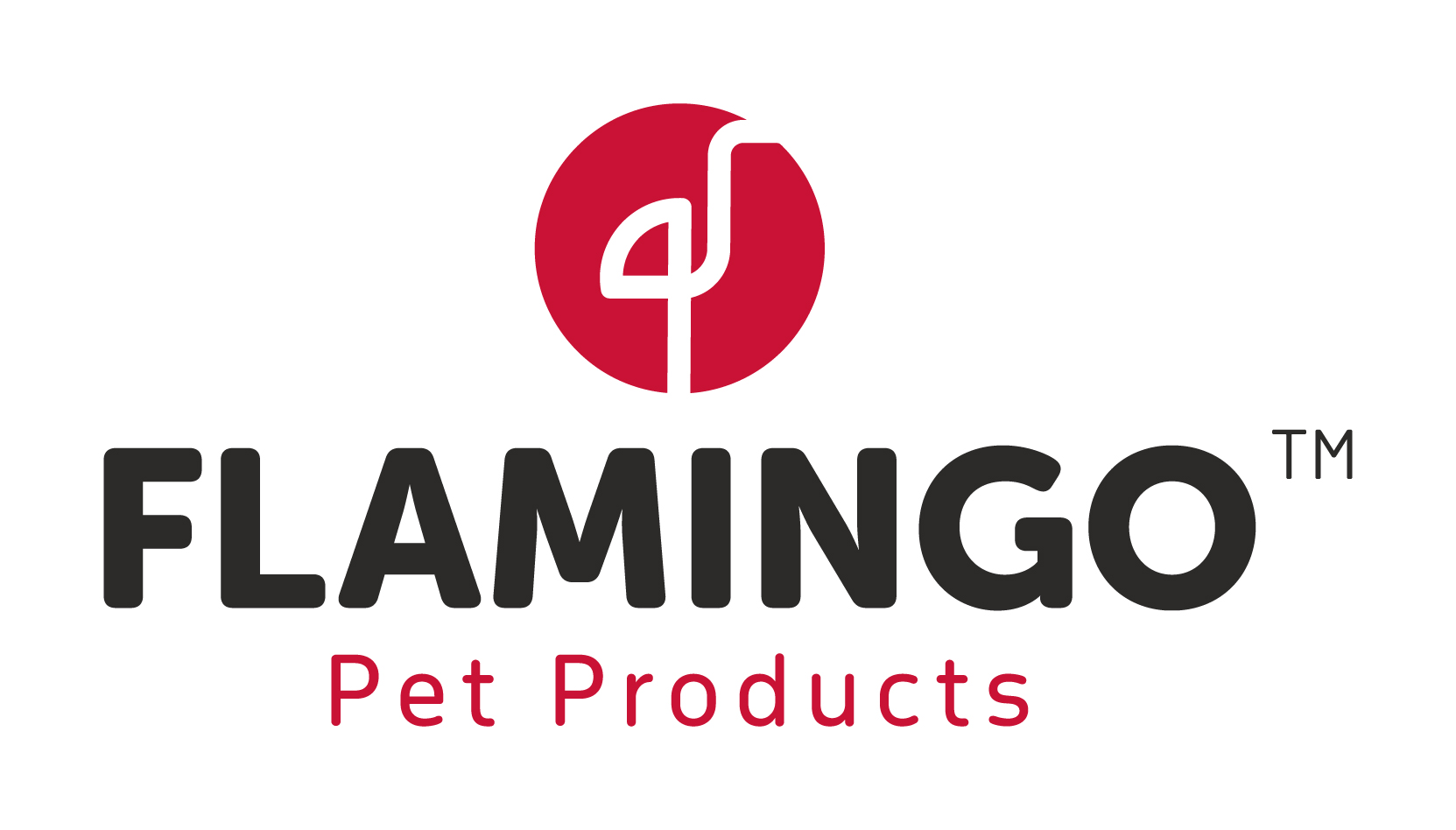IBE-BVI
Group
IBE-BVI
GROUP
Testing, Training and Consultancy
The IBE-BVI Group ("Belgian Packaging Institute") offers to its customers and market a wide range of services:
- Testing your materials and packaging systems.
- Host trainings touching the most important content for the market.
- Give consultancy

Who are we?
IBE-BVI is a neutral and independent expert center which represents the meeting point between the packaging industry and all its stakeholders while offering knowledge to spread information and give consultancy.
As we always aim to offer the best solution as possible, we also need to set our standards high. This means keeping the level of our quality system high. We are yearly audited by BELAC, and regularly checked by the authorities from which we receive recognitions.

Who are we?
IBE-BVI is a neutral and independent expert center which represents the meeting point between the packaging industry and all its stakeholders while offering knowledge to spread information and give consultancy.
As we always aim to offer the best solution as possible, we also need to set our standards high. This means keeping the level of our quality system high. We are yearly audited by BELAC, and regularly checked by the authorities from which we receive recognitions.
Our Departments

Food Contact Materials
At IBE-BVI we follow the needs of the market. Food Contact Materials plays an extremely important role for both producers and consumers. The Belgian Packaging Institute and its FCM department aim to be the most optimal solution for the industry, in terms of test and equipment offer, and in in terms of economic and ecological aspects.
Discover more

Dangerous Goods Packaging & (F)IBCs
The Dangerous Goods Packaging department is recognized by the Belgian and Dutch competent authorities to carry out tests and certify FIBC, RIBC, large packaging's, jerricans, drums, boxes, bags, composite packaging's for the transport of dangerous goods. All tests to get this certification are carried out under our ISO/IEC 17025 accreditation and are fully in accordance with the latest versions of the regulations for the transport of dangerous goods.
Discover more

FIBC - ISO 21898
The FIBC (Flexible intermediate bulk containers or better known as ‘Big Bags’) department can test and issue certificates for the transport of dangerous goods and/or ISO21898 for the transport of non,-dangerous goods. All tests to get this certification are carried out under our ISO/IEC 17025 accreditation and are fully in accordance with the latest versions of the regulations for the transport of dangerous goods or the ISO 21898 FIBC for non dangerous goods standard.
Discover more

Material characterization, Transport & Climate simulations
In MTC-department (Material Characterization / Transport Simulation / Climatization), we specialize in comprehensive testing services for packaging. Our state-of-the-art facility is equipped for material characterization designed specifically for foil and paper. We lead in transport simulation and climate testing, ensuring that your product-package fulfill your specific requirements.
Discover more

Child-Resistant Packaging
The Belgian Packaging Institute test Child-Resistant Packaging, which mainly refer to closures (caps) for hazardous household products such as cleaning agents and pesticides and blisters. IBE-BVI has been accredited by BELAC to carry out on children-resistant closures in the various sectors. We also give technical advices to manufacturer of the packaging.
Discover more
Why IBE-BVI?
IBE-BVI is a neutral and independent company which represent the meeting point between the industry of packaging and the institutions while offering its own knowledge to spread information and give consultancy.
Members
Members
Find out more about our members and how to become one!
News
Trainings
Trainings
Vacancies
Vacancies
Are you looking for a new challenge? Then do not hesitate, check out our open vacancies.
Sorry, there are no vacancies open at the moment.
Meet Us
Meet Us
Do you have a question?
Subscribe to our newsletter!
Get monthly updates on the packaging industry
Recognitions

















